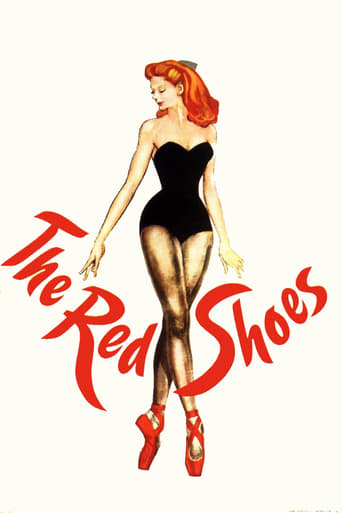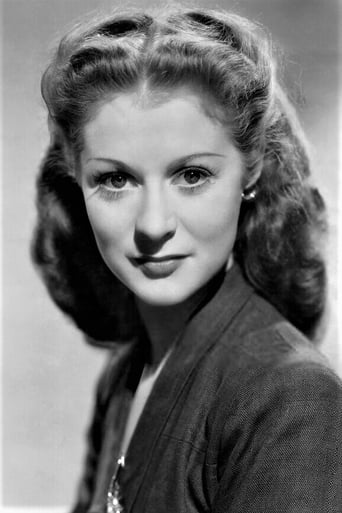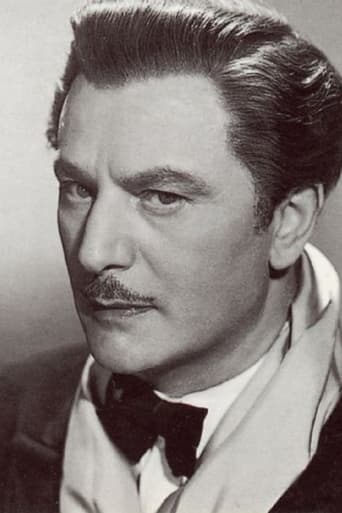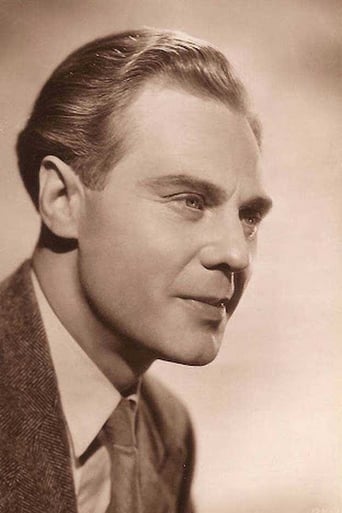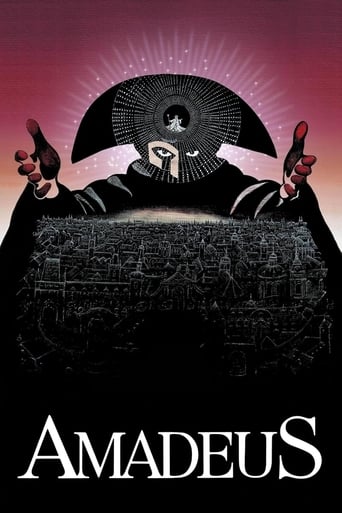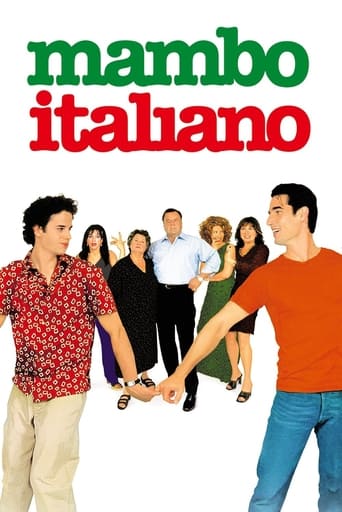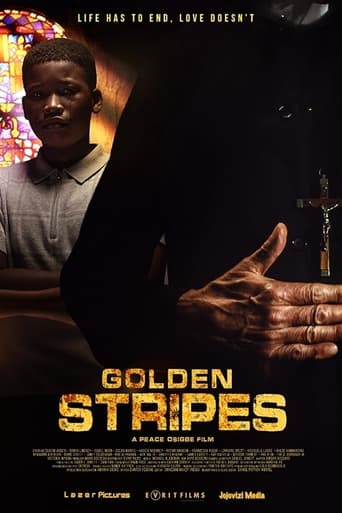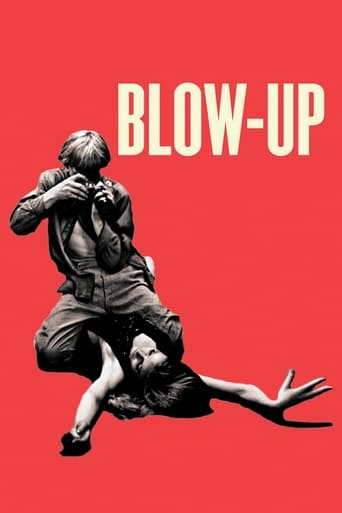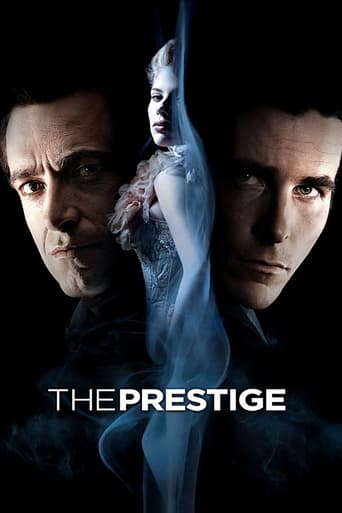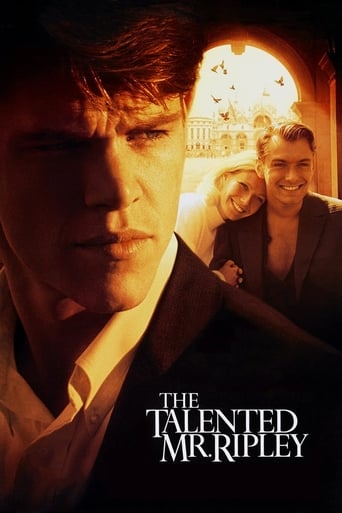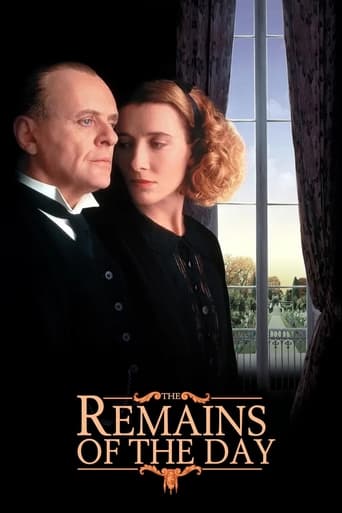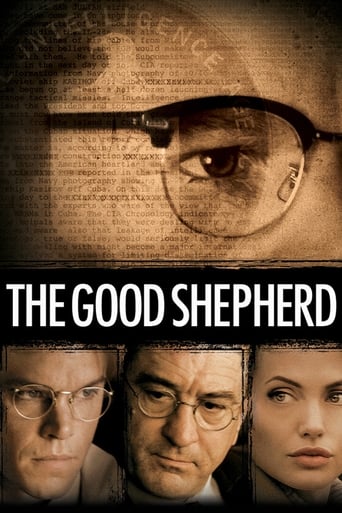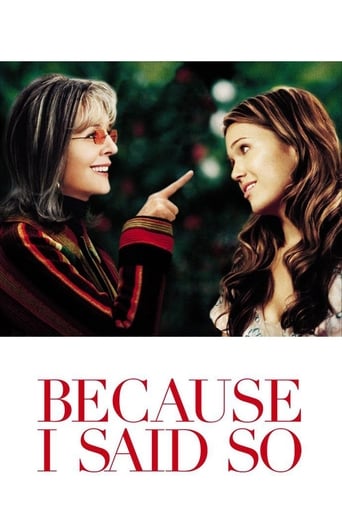The Red Shoes (1948)
In this classic drama, Vicky Page is an aspiring ballerina torn between her dedication to dance and her desire to love. While her imperious instructor, Boris Lermontov, urges to her to forget anything but ballet, Vicky begins to fall for the charming young composer Julian Craster. Eventually Vicky, under great emotional stress, must choose to pursue either her art or her romance, a decision that carries serious consequences.
Watch Trailer
Free Trial Channels
Cast


Similar titles
Reviews
Most undeservingly overhyped movie of all time??
Lack of good storyline.
Each character in this movie — down to the smallest one — is an individual rather than a type, prone to spontaneous changes of mood and sometimes amusing outbursts of pettiness or ill humor.
The tone of this movie is interesting -- the stakes are both dramatic and high, but it's balanced with a lot of fun, tongue and cheek dialogue.
NOTES: From a worldwide attendance standpoint, the most successful British film ever made! With an initial rentals gross of over $5 million, number 1 at the U.S./Canadian box-office for 1948, easily beating off challenges from Road to Rio, The Paleface, Easter Parade and Red River, each of whom grossed $4.5 million. Oddly, this superb result was not duplicated in the U.K. itself. The film did manage to claim the number 10 position, but it was beaten by British picture- goers' far greater preferences for (in order) Spring in Park Lane, The Best Years of Our Lives, My Brother Jonathan, The Road to Rio, Life with Father, It Always Rains on Sunday, Naked City, Oliver Twist, and Unconquered. Second to The Paleface at Australian ticket windows for 1949. Number 1 English-language movie at the French box-office. Number two in the 1949 Film Daily poll of American film critics. A New York Times "Ten Best" for 1948. Film debut of Moira Shearer.COMMENT: A marvelously entertaining movie which succeeds brilliantly — against the odds. The idea of planning the ballet in advance (see Jean Osborne's review below) sounds crackpot to me, but it works. And it just doesn't come off reasonably well, but with power and certitude. Also none too promising were such old hat plot stratagems as a Diaghilev impresario thwarting young love (cf. Waterloo Bridge) and a composer whose music is stolen (cf. the Claude Rains Phantom of the Opera). But thanks partly to absolutely riveting performances; partly to a script crowded with realistically drawn characters, given some wonderfully caustic dialogue, and jam-packed with fascinating incidental touches; partly to masterful direction; partly to evocative music and appealing dancing; partly to superb color in sets and costumes, beguiling outdoor locations and breathtaking production values, The Red Shoes is a masterpiece of absolutely engrossing entertainment. Hard to believe it runs 133 minutes. Seems more like 33.Needless to say the mysticism and religiosity of Andersen's tale has been completely expunged from the main story, though these elements are still reflected in the ballet.
Thus is the central theme of The Red Shoes: to achieve true mastery of anything, one must make great sacrifice. It isn't a unique concept by any means, but a powerful one that has had very much success on the screen recently with phenomenal films like Whiplash and Black Swan. In fact, it is very clear after watching this film that Aronosfky was heavily influenced by it, even directly taking some camera techniques like the first-person angle as the lead pirouettes.But where Black Swan is a dark and disturbing thriller, The Red Shoes is more of a drama, firmly rooted in reality (save for the hallucinatory and breathtaking performance of the titular ballet midway through... but more on that later). Rather than portray a sacrifice of the mind as we saw with Natalie Portman's descent into madness in Black Swan, The Red Shoes focuses more on social sacrifice.Similar to Whiplash, we have a ruthless ballet leader, Boris Lermontov, whose greatest focus and ambition in life is to create the greatest dancer the world has ever seen. He is consumed by the art, likening it to a religion, and demands that his dancers abide by the same philosophy. To work with him, they most forgo simple human pleasures like love and marriage, as he believes these will corrupt their ability to practice and perform with all of their focus.Enter composer Julian Crastor and ballerina Victoria Page, both of whom are supremely talented in their respective fields and have lofty ambitions for their own artistic pursuits. Lermontov sees a similar passion in them as he has himself, and selects them both for his dance company, culminating in the on-screen performance of "The Red Shoes", their first ballet together as a trio.I can't say enough about the how great this performance is filmed and executed. While the rest of the film feels very realistic and dramatic, the ballet performance is like watching a dream. The themes of the movie untether themselves from the script and are brought to life visually in a magnificent way. There is some truly fantastic editing throughout the sequence and the entire thing is extremely compelling as Page's character is forced to feverishly dance by her magical red shoes until she eventually drops dead. The way the performance spirals downward to become more and more bizarre with imagery that is darker and darker is handled extremely well and helps the themes really hit home.After the performance ends, we reenter the real world and the movie continues in the dramatic, realistic fashion as had been previously established. The crux of the plot from here is that Page and Crastor develop a romance, which Lermontov obviously disapproves of. Long story short, Page must choose between her love of dance and her love of Crastor, ultimately driving her to an attempt at suicide. There is a lovely scene directly afterward where "The Red Shoes" is performed with everyone except Page as a tribute to her. It's moments like these that really separate good films from great ones - that image of the empty spotlight on stage packs an emotional punch which is very memorable and greatly reinforces of the themes at hand.Honestly, I thought the whole latter section of the movie was handled very well. I could definitely sense a theme of paternalism, which makes a lot of sense given the time period during which this film was made. After deciding to forgo dance and marrying Crastor, his career flourishes and she starts to live in his shadow - a "housewife", as Lermontov so eloquently puts it. There is some good commentary here on women's role in society at that time and how that ran contrary to their ambitions and visions for themselves. There is also a nice amount of depth to the character of Lermontov which reveals itself at this point. You begin to wonder if his displeasure with Page's marriage is purely due to his ideals about dance, or if he is driven by jealousy of their love which he has never allowed himself to experience in his own life. From what I could tell on a first viewing, it is left relatively ambiguous whether he actually has feelings for Page, or if he simply is jealous that they have something he doesn't. Even a further wrinkle here is that perhaps he is jealous of their raw talent as artists. Although he is a great coordinator and director of his ballet, during the actual performance he is ultimately relegated to the stands where he must sit and watch, but never participate. He may very well yearn for their talent which he doesn't possess himself.I really did enjoy this move quite a lot. It was an excellent exploration of this theme of sacrifice for art, and this is probably one of the first movies to really explore it in such depth. I will say that the dream-like ballet performance midway through the film is the true climax and pinnacle of what the film accomplishes, and the unfortunate result is that the more dramatic and realistic tone of the rest of the movie left me wishing for more abstraction. Also, the fact that the climax occurs midway through the film does take the wind out of the sails a bit for the rest, no matter how well it is handled and executed (which is very well). The very end of the movie is also climactic, but it doesn't really reach the heights of the full ballet sequence. In any case, this is still an excellent film from beginning to end and definitely leaves you with plenty to ponder about artistic pursuit and sacrifice.
Directed by Emeric Pressberger, The Red Shoes tells two stories, one on the stage based on the Han Christian Anderson fable about a ballerina who acquires a pair of magical dancing slippers, and then a similar parallel story behind the scenes about a woman who cannot give up dancing. This is, of course, the most famous film ever made about ballet, and it is brought to life from the team of Emeric Pressberger and Michael Powell (known as The Archers) whose films were always exquisite Technicolor productions. To see The Red Shoes is to see these two at their best.In the middle of one of the most glorious looking productions ever put on film is gorgeous, red-headed Moira Shearer. She plays Victoria Page, a socialite with such a talent for ballet that she joins the company of the rigid taskmaster Boris Lermontov (Anton Walbrook). She falls, almost immediately, in love with the company's new composer, Julian Craster (Marius Goring) despite the fact that Boris forbids those under his study from having romantic relationships. He feels that it steals the performer's concentration.Victoria becomes a sensation with her colleagues and the public. Boris promises to make her career under the condition that while she is in his service that he, essentially, owns her. He is a powerful man who has a way of making and breaking careers. "You shall dance," he promises her "and the world will follow." He offers her the lead in an adaptation of Han Christian Anderson's "The Red Shoes," the story of a girl who comes into the possession of a pair of red ballet slippers that cause her to dance continuously until she dies.Victoria is caught between her love of dance and her love of Julian and despite Boris's disapproval; she carries on her relationship with Julian and eventually marries him, leaving the company behind. Boris is deeply hurt but is convinced that she will change her mind. She does, when he offers her a chance to once again perform in "The Red Shoes," which he has forbidden to be performed in her absence.What happens in Victoria's mind and in her heart pulls her in two different directions, torn between her devotion to Boris and her love for Julian, she makes a decision that shocks us, her mind falls between two great loves and she cannot bear to choose. The tragic ending is built, not on contrivance, but on what has happened before. These three characters and their world are so specifically drawn that we understand fully why Vicky loves to dance and her deep love for Julian. We understand fully what drives her creative impulse and the passions that possess her heart.Shearer is brilliant in one of the great crossover performances in the history of the screen. She isn't tied down to a great deal of dialogue, but is a very physical actor, conveying more with her eyes and her body and her face than she does with her voice. She is allowed to dance in this film and dance she does. We understand fully what drives her creative impulse and it is displayed most beautifully in a 20-minute, dreamlike performance of "The Red Shoes" as she dances in and out of sequences that could not possibly exist on a real stage. The dancing is real but the surroundings are not and there are moments that are especially dazzling as when she encounters a newspaper that becomes a dancer, dances with Victoria, then becomes inanimate again. The joy and passion in this sequence give you an appreciation for her art and illustrate what it is that she sees when she is performing.In the real world, the relationship between Boris and Victoria is established at the beginning. He looks at her with suspicious eyes and asks, "Why do you want to dance?" There is a breath between them and she asks, "Why do you want to live?" He is shocked by her answer and stammers for a response: "Well I don't know exactly why, but I must." She smiles, and says, "That's my answer too".From that moment, I think Boris has her number. He understands the kind of full-blooded passion that drives her heart. She will dance and he will command and he won't lose her to any distractions. He commands his company by reminding them that "A dancer who relies upon the doubtful comforts of human love can never be a great dancer. Never." The film moves back and forth through the parallel stories of Victoria's struggle with her own heart and the ballet that is being constructed.The two performances are at opposite ends from one another. Boris is closed, imperious and cold. Victoria is open, passionate and full of the joy of life. She isn't allowed a great deal of dramatic scenes, which makes the final confrontation all the more powerful. We see in her face, joyfulness, a lust for life, this porcelain beauty with fiery red hair whose dancing is pure magic.Despite her brilliant performance, Shearer didn't think much of filmmaking. She never considered herself an actress, never liked the film industry, stating "If I am dubious about films and film people, the film industry has only itself to blame." After making The Red Shoes, she went back to her ballet company, only occasionally returning to films. Her performance here would leave an impression behind – a performance that would draw many young girls to want to become a ballerina. I don't know if she would have given any notice to an Oscar nomination for her performance in The Red Shoes, but that doesn't mean she didn't deserve it.
Dance. Dance. Dance.... Twirl. Twirl. Twirl.... Tippy-Toe. Tippy-Toe. Tippy-Toe.Yeah. Yeah. I know that The Red Shoes was "just-a-movie", but, all the same, I'd still boldly go so far as to say that lurking behind its enticing, Technicolor facade lay something of a dire warning.And, like a flashing red light, that warning was definitely cautioning all aspiring, starstruck, prima ballerinas to give up the ultimate thrill of a pirouette, and be prepared to quickly snag a husband and make do with that suburban home with the white picket-fence.In other words, girls, ballet can kill you (seriously), like it did Vicky Page - So get out while you can! Believe me, once Vicky Page donned those infernal red shoes she (like a candle in the wind) was jinxed and dogged with more troubles than was Dorothy Gale (sporting the ruby slippers) in the Land of Oz.Regardless of being quite a sumptuous production, I still found The Red Shoes (with all of its backstage dramas, catty jealousies and obsessive lunacy) to be something of a bore. It didn't help matters much that, at 134 minutes, its story seemed to drag on forever, and a day.If you've already seen Darren Aronofsky's 2011 production of Black Swan (which didn't thrill me much either), then it couldn't be plainer than the nose on your face that his dreary, little movie was nothing more than a big, bloated rip-off of The Red Shoes.

